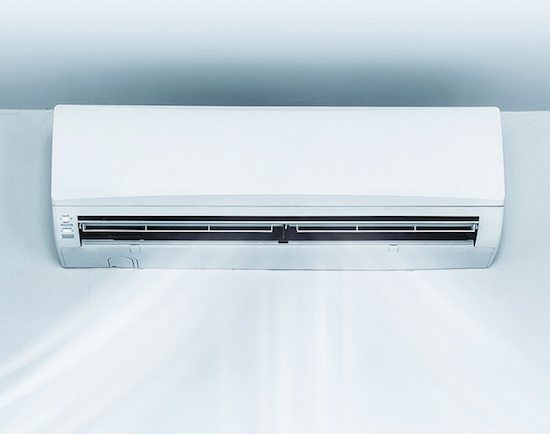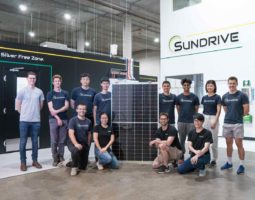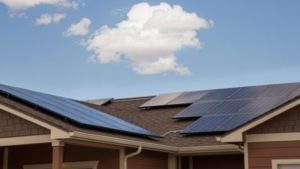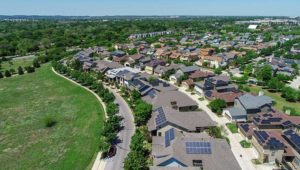US-made thermal “ice battery” energy storage technology that could dramatically change the way people cool their homes in summer – potentially cutting household peak power consumption by up to 95 per cent – is poised to take on the Australian market, through a distribution deal with local solar hot water company Apricus.

California-based Ice Energy inked an agreement, in June, making the Melbourne-based Apricus the exclusive distributor of all its thermal energy storage products in Australia, covering all market segments, including utilities, commercial and industrial, and residential.
The company is best-known for its commercial and industrial Ice Bear technology, which works alongside air conditioning units by freezing water at off-peak periods, or when excess solar or wind power is available, and using the “ice battery” to provide power-free cooling during on-peak periods.
More recently, however, the company has been attracting attention for the creation of its “Ice Cub,” a smaller-scale version of the Ice Bear, that is targeting the potentially huge residential market.
Unlike the Ice Bear, the Ice Cub is a kind of all-in-one, hybrid battery/air-con unit, that replaces the conventional home air conditioner.
But unlike conventional air-conditioners, the Ice Cub has the ability to fill an insulated tank with ice in four hours, store it, and then, on command, switch from conventional AC to using the ice to cool the house for at least three hours, instead of electricity.
As Greentech Media pointed out in this article last year, “that’s a big deal” – both for households, and potentially utilities, considering it can essentially eliminate three hours of peak demand for cooling, which is the largest single household use for electricity, and a huge source of demand for power generators.
It is particularly promising for households with rooftop solar, who can use excess solar generation to make the ice – rather than sending it back to the grid – which can then be used for cooling as the sun goes down and as families return from work to their sun-baked homes.
The system also comes with a 20-year warranty, and – unlike most conventional lithium-ion and lead acid batteries – does not degrade over time.
“We guarantee we’ll make the same amount of ice,” said Ice energy CEO Mike Hopkins. “It’s a tank of water and it freezes; it doesn’t freeze less over 20 years.”
For the Australian market, the products will initially be imported from the US – Hopkins says the company has production facilities in New York state that can make 1,000 Ice Cubs a month.
But the “mutual intent” of both parties, through the Australian distribution deal, is for Apricus to manufacture locally as sales increase. A key early market will be new-build homes and existing homes looking to replace their cooling systems.
“We’re delighted to be partnering with Apricus in this new market for Ice Energy,” said Hopkins, in a statement in June.
“Over the last 12 months we’ve had a steadily growing number of inquiries from Australia about our products. This is not surprising, given the needs of the country’s grid, the importance of their cooling load, and the ability of our products to turn that load into a cost-effective and reliable storage resource capable of flattening peak demand and eliminating solar over-generation.”
Chris Taylor, Director of Apricus Australia, said his company shared Ice Energy’s enthusiasm about the partnership, and the products’ potential in the Australian market.
“There are terrific applications for the whole product line, but the hybrid AC/energy storage system for the home, with its ability to provide cooling 24/7, make ice with excess solar generation and cool for four hours without needing electricity to create the cooling for that period, is a truly disruptive product tailor-made for Australia,” Taylor said.
This article was originally published on RenewEconomy’s sister site, One Step Off The Grid, which focuses on customer experience with distributed generation. To sign up to One Step’s free weekly newsletter, please click here.










